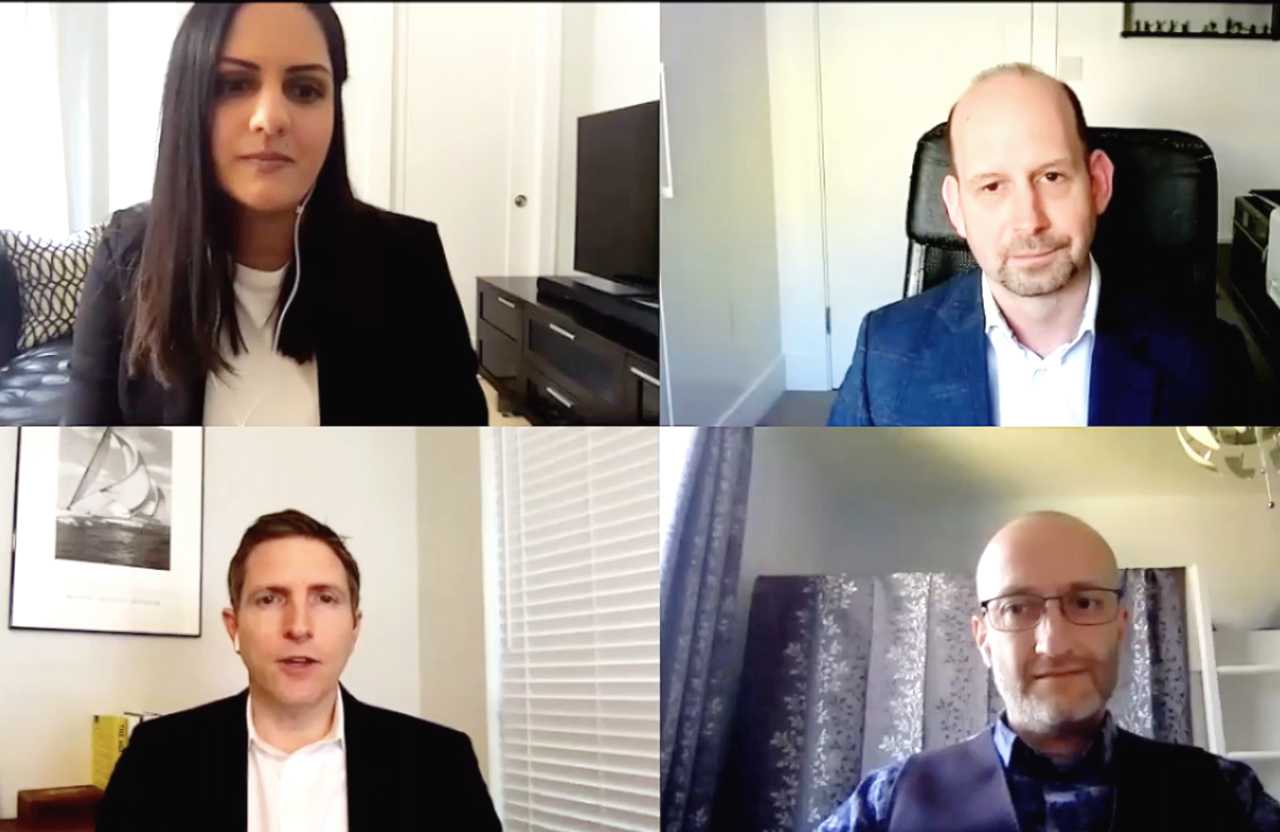
Insight
{{eyebrowContentTitle ? eyebrowContentTitle : activeTagName}}
Building trust in digital government services Building trust in digital government services Building trust in digital government services Building trust in digital government services
Due to high profile data breaches, over half of Australians have concerns over how their data is kept safe, and governments must rebuild trust.









